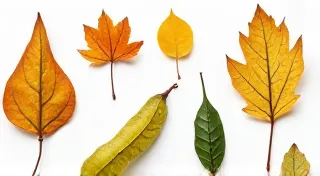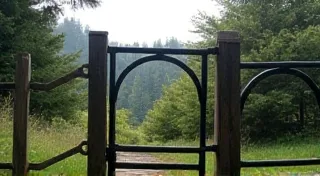The Weight of Memory: Preserving Regional Pottery Collections
The quiet hum of a potter’s wheel, the scent of damp clay – these are the echoes of generations past, imprinted upon the very objects we now recognize as regional pottery. More than just vessels or decorative pieces, these ceramics are tangible links to our heritage, imbued with the stories of the people who created them and the landscapes that inspired them. But the passage of time, economic shifts, and a growing disconnect from traditional crafts threaten to silence those echoes. The efforts to preserve and protect these regional pottery collections represent a profound act of cultural stewardship, ensuring that these invaluable pieces remain accessible to future generations.
Consider the terracotta figurines of Oaxaca, Mexico, each depicting a vibrant character from the Day of the Dead celebrations. Or the intricate blue-and-white Mingqi pottery from Jingdezhen, China, originally crafted to accompany the deceased into the afterlife. Closer to home, the distinctive sgraffito designs of Appalachian folk pottery, telling tales of rural life and faith, resonate with a powerful simplicity. These aren't merely objects; they are fragments of identity, whispering narratives of resilience, creativity, and community.
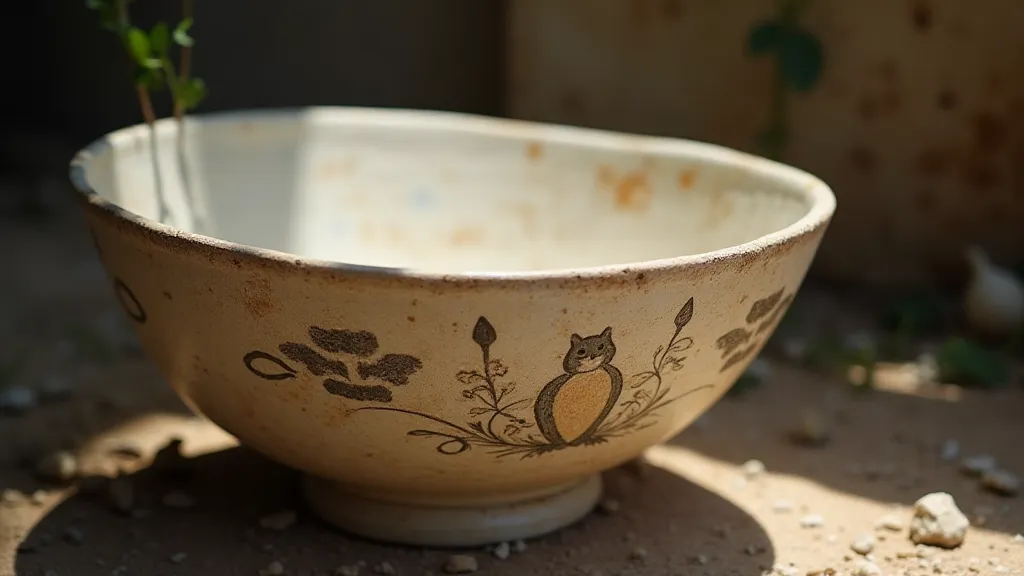
The Erosion of Tradition: Understanding the Challenges
The decline in the practice of traditional pottery isn's a sudden phenomenon; it’s a slow, creeping consequence of modernization. The rise of industrial manufacturing, offering cheaper and more readily available ceramics, has undeniably impacted the demand for handcrafted pieces. Young people, drawn to urban centers and new career paths, often lack the incentive or opportunity to learn the demanding skills passed down through generations. The specialized knowledge required – from sourcing local clay deposits to mastering firing techniques – can seem overwhelming in a world prioritizing instant gratification. Understanding the cultural significance of regional pottery—and appreciating the stories these vessels tell—is crucial to fostering a renewed interest and support for these traditions. This connection often goes beyond mere functionality, delving into the ritual and symbolic importance of these creations, a topic we explore further in "Beyond Function: The Ritual Significance of Regional Pottery".
Beyond the economic pressures, geographical factors play a role. Remote villages, where many traditional pottery techniques thrived, often face infrastructure limitations and limited access to resources needed for preservation. Natural disasters can also devastate collections, leaving behind fragments of a lost heritage. The sale of antique pottery to collectors, while sometimes beneficial for individual artisans, can also contribute to the dispersal of collections and the loss of context.
The Guardians of Heritage: Preservation Efforts
Fortunately, a dedicated network of individuals and organizations are rising to the challenge, acting as guardians of this precious cultural heritage. Museums, historical societies, and dedicated artisans are actively involved in various preservation initiatives. Some museums are undertaking extensive cataloging projects, documenting the provenance, techniques, and significance of regional pottery collections. Detailed records, including photographs and written descriptions, are vital for future researchers and enthusiasts.
Artisan workshops are also playing a crucial role. Many are actively seeking to revive traditional techniques, often through apprenticeships and community-based programs. These workshops not only preserve the craft itself but also provide economic opportunities for local communities, ensuring the continuation of the tradition. Some artisans are even incorporating modern design elements into traditional forms, finding a delicate balance between respecting the past and appealing to contemporary tastes. This ensures the techniques remain relevant and sustainable.
The Personal Story: A Potter's Legacy
I recently spoke with Elena Ramirez, a potter from San Juan La Laguna, Guatemala, whose family has been crafting ceramics for generations. Her grandmother taught her the ancient techniques of using volcanic clay and natural pigments, gathered from the surrounding mountains. “The clay remembers,” she told me, her hands shaping a piece on the wheel. “It carries the stories of our ancestors. We have a responsibility to keep those stories alive.” Elena is now actively teaching younger generations, determined to pass on the knowledge and skills that have sustained her family for centuries. She speaks passionately about the connection between the land, the clay, and the cultural identity of her people.
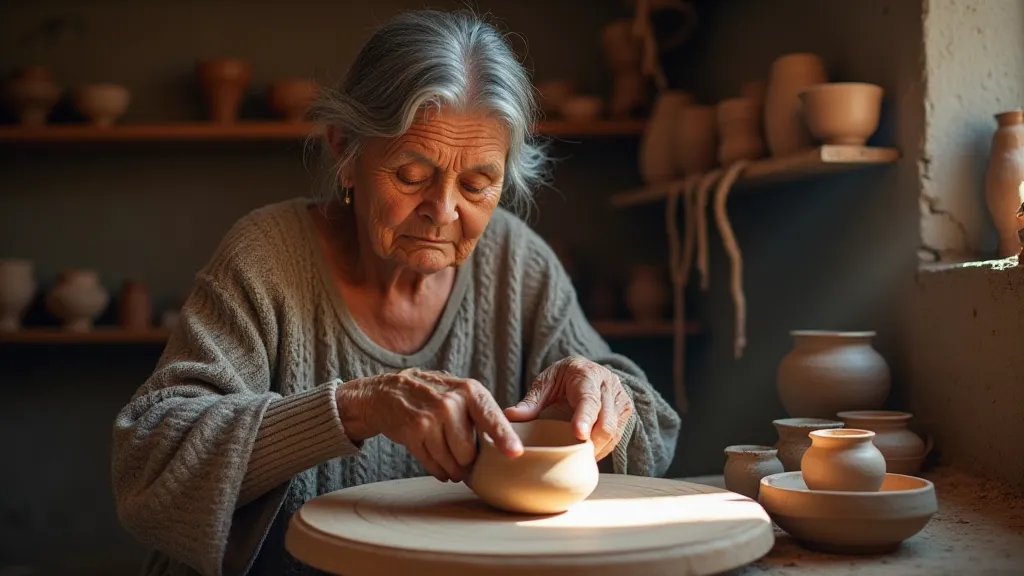
Collecting and Restoration: A Delicate Balance
For those interested in supporting regional pottery preservation, collecting antique pieces can be a viable option, but it’s important to approach it responsibly. Prioritize purchasing from reputable dealers who are committed to ethical sourcing and transparency. Research the provenance of the pieces – understanding their history and origin adds another layer of appreciation. Be mindful of the impact your purchasing decisions have on the communities where these ceramics originate.
Restoration, too, is a complex issue. While stabilizing fragile pieces is sometimes necessary, overly aggressive restoration can erase the authenticity and historical value. Only trained conservators should undertake restoration work, adhering to strict ethical guidelines that prioritize minimal intervention and reversibility. Documentation of any restoration work is absolutely essential, ensuring transparency and preserving the integrity of the piece’s history. The very act of crafting these vessels, the intimate knowledge of the land and its resources, has been passed down through generations, a tapestry woven with tradition and innovation. Delving deeper into these ancestral techniques and the stories they hold often reveals fascinating insights – a journey we touch upon in "Whispers in the Slip: Unearthing Ancestral Pottery Techniques".
Looking Forward: Ensuring a Sustainable Future
The preservation of regional pottery collections is not merely an act of nostalgia; it's a crucial investment in our collective cultural identity. By supporting artisans, museums, and community organizations, we can ensure that these invaluable pieces of heritage continue to inspire and educate future generations. It requires a shift in perspective – recognizing the inherent value of handcrafted objects and the stories they embody.
Increased tourism, coupled with responsible marketing and community engagement, can also play a vital role in sustaining the tradition. Providing opportunities for visitors to interact with artisans and learn about the techniques firsthand fosters a deeper appreciation for the craft. Educational programs in schools and community centers can also ignite a passion for regional pottery among younger generations.
Ultimately, the weight of memory carried within these clay vessels is a powerful reminder of our shared humanity. By embracing the challenges and celebrating the resilience of traditional pottery, we can safeguard this precious heritage for generations to come, ensuring that the echoes of the potter’s wheel continue to resonate through time. Exploring the role of women in carrying on these traditions is a vital aspect of this preservation—their voices and skills are integral to the survival of these art forms, a perspective we examine in detail in ""The Quiet Strength: Female Voices in Regional Pottery Traditions"."
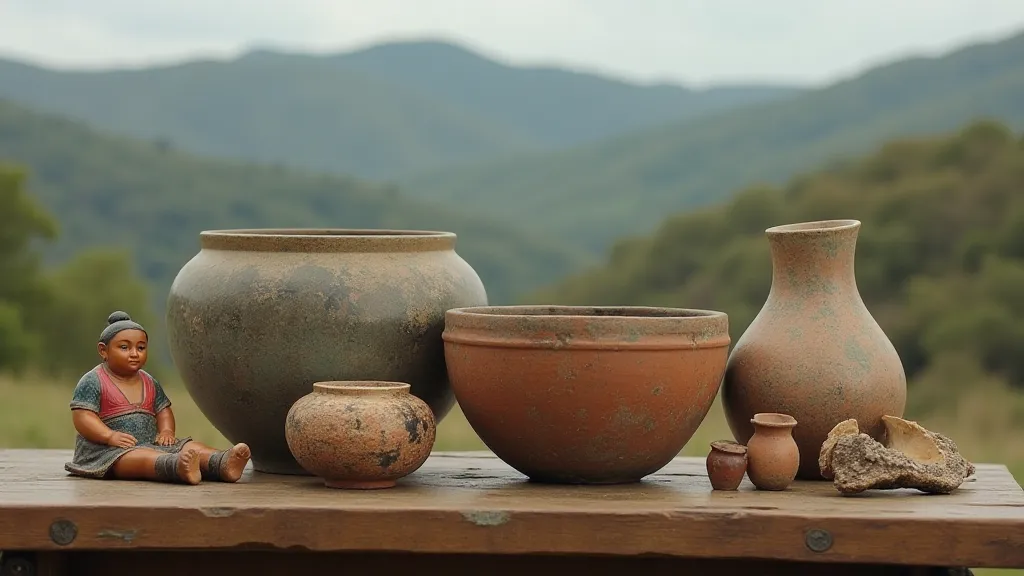
The survival of these traditions is also inextricably linked to the landscape that inspires them. The very earth from which the clay is sourced—its color, texture, and properties—shapes the final product and connects the potter to their ancestors and their environment. The craft isn't just about skill; it's about a deep, visceral connection to a place and a history. Continued research into these techniques and their cultural context is crucial for ensuring their longevity. The clay's connection to a place’s identity is something we can discuss further; the very essence of each piece is intrinsically tied to its origins, a topic we explore in more detail in ""The Kiln's Breath: Exploring Regional Clay Identities"."
